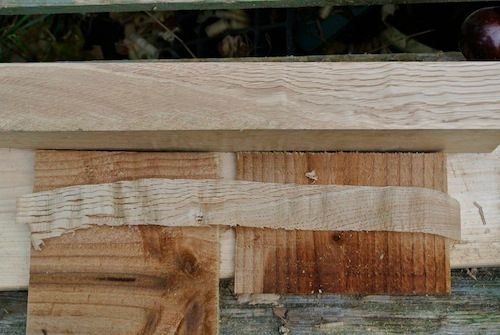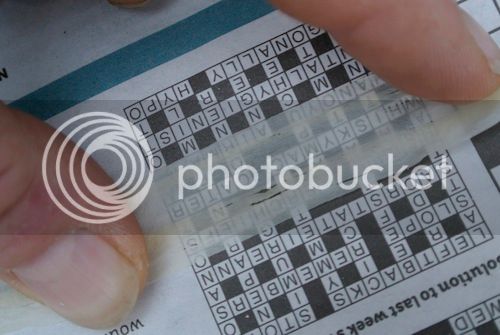RossJarvis
Established Member
I tend to use my Record 5 1/2 for most jobs and generally it seems pretty well set up for pine at least. wafer thin shavings, easy to use, flattens well and I can get good straight stock. However I find it takes a lot more effort on oak and I'm sure the shavings could be finer, they seem too thick to me. I'm fairly sure the sole is flat, so am wondering what might make it a bit easier to work on oak. Preferably an easy rather than lengthy job. It's an 80s Record with original iron. Might up rating the iron be a good first step? I've had a bit of a search around on t'internet but can't see anything apart from "tuning" "flattening sole" etc recommendations. If I need to, yep I'll do that, but simple up-grades sought first. I had wondered about laminated irons. In the past I had a Ray Iles iron (D2 I think) for my 605, but really didn't get on with the sharpening faff it seemed to require and there was an issue with extending the yoke.
Any recommendations, ideas or links?
cheers
Ross
Any recommendations, ideas or links?
cheers
Ross


































